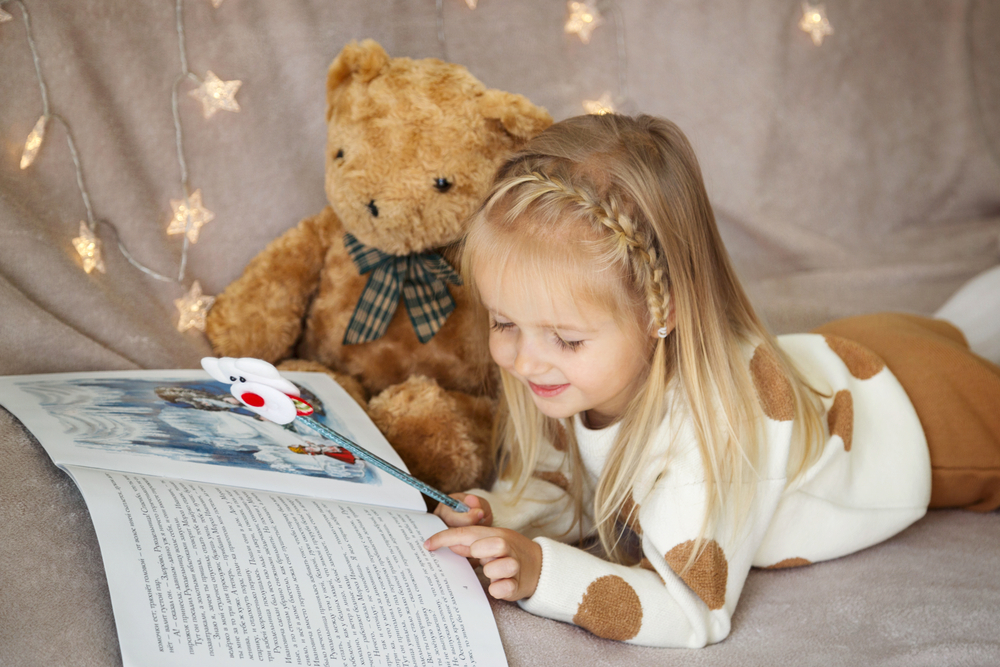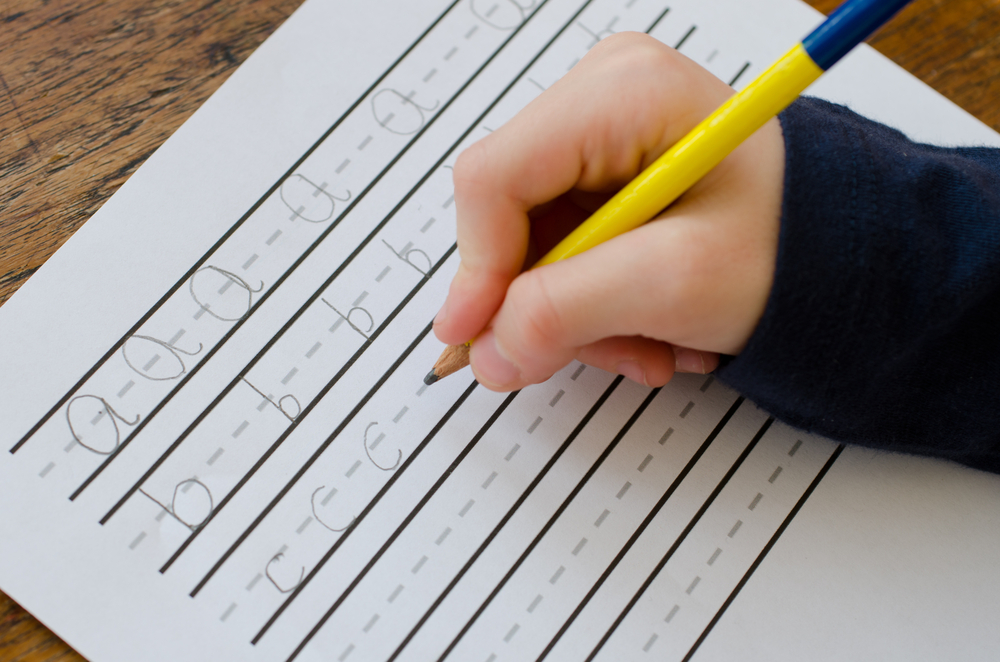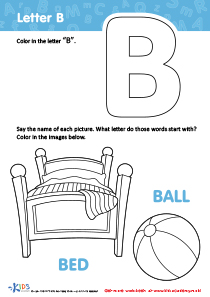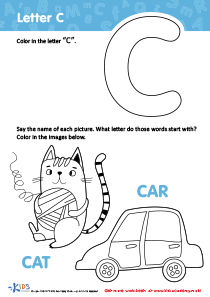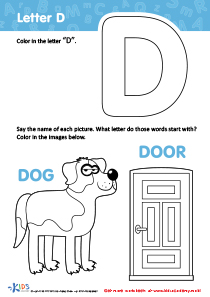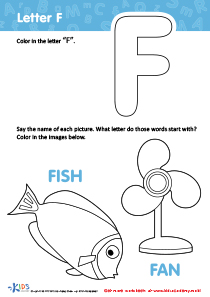Normal Difficulty Letter A Worksheets
2 filtered results
-
From - To
Normal Difficulty Useful Letter A Worksheets
Introducing our Normal Difficulty Letter A Worksheets, perfect for kids in Preschool, Kindergarten, Grade 1, Grade 2, and Grade 3. These worksheets feature fun and engaging activities that teach children the basics of the letter A. Our Letter A Worksheets include coloring pages and exercises to help toddlers develop fine motor skills, as well as more advanced worksheets for older kids to refine their writing skills. With these worksheets, your child will learn the formation of the letter A, identify pictures that start with A, and much more. Add a splash of color to learning with our Letter A Coloring Pages, also included in the set. Get your child started on their journey to reading with our Letter A Worksheets!
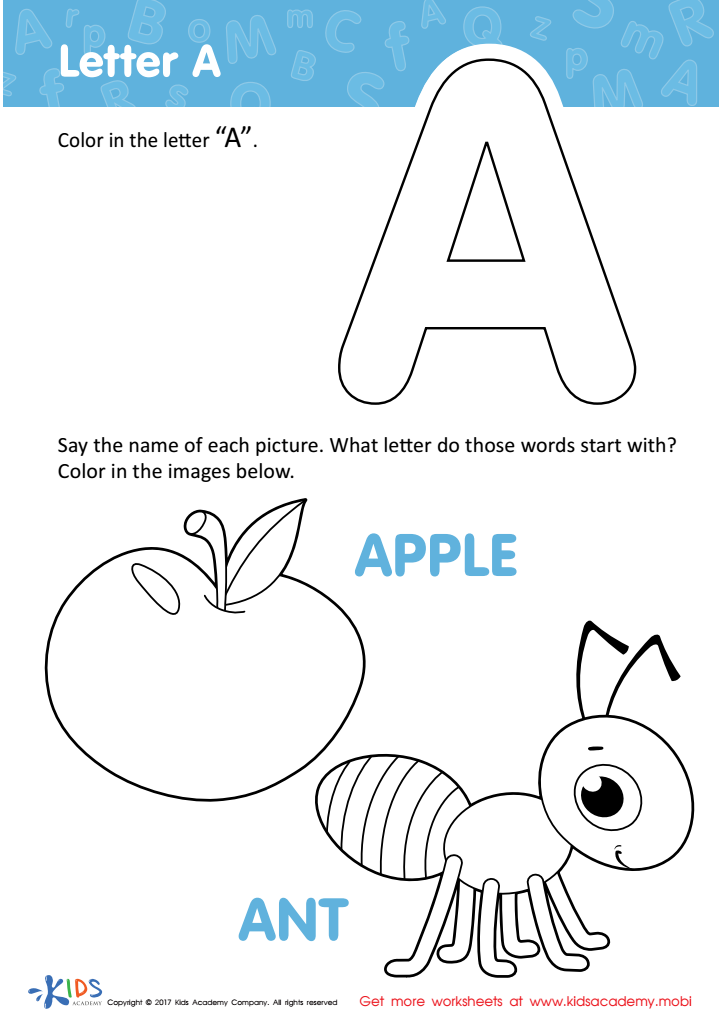

Letter A Coloring Sheet
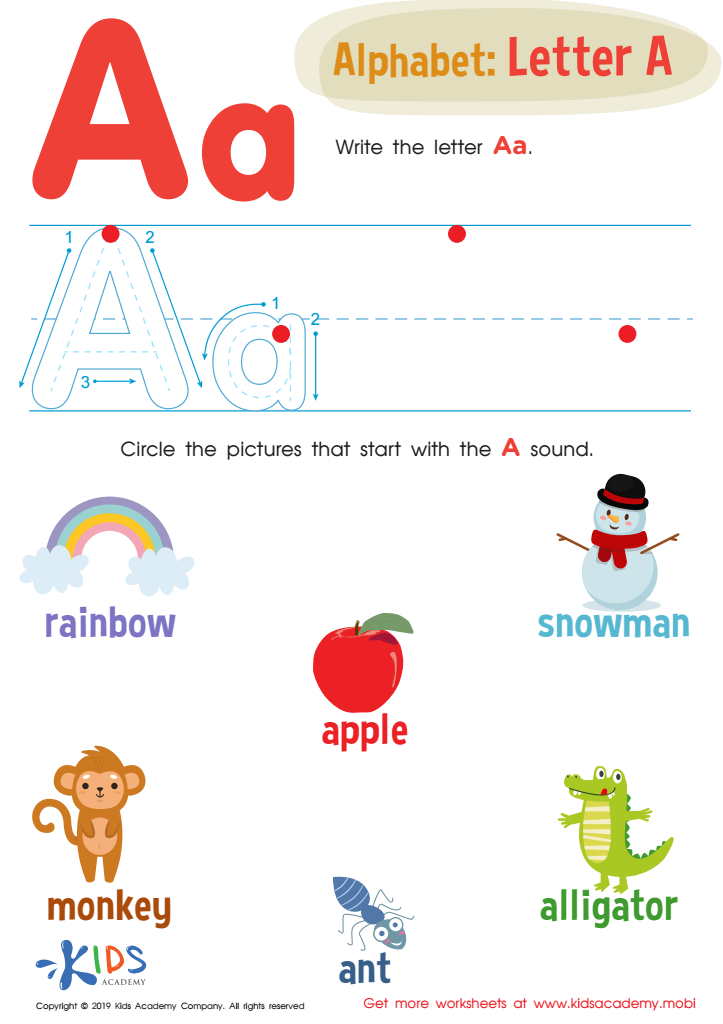

Letter A Tracing Worksheet
The Benefits of Using Letter A Worksheets for Children's Education
Letter A worksheets are an essential tool that can be used to teach children the basics of the alphabet. These worksheets are designed to help children learn how to recognize and write letters in a fun and engaging way. They are particularly useful for preschool and kindergarten children, as well as those in grades 1 through 3.
There are many different types of letter A worksheets available, including letter A coloring pages and letter A worksheets for toddlers. These worksheets are designed to be age-appropriate, with simple instructions and large, easy-to-read fonts. They often feature pictures or illustrations that help children to associate the letter A with objects or animals that start with that letter.
One of the main benefits of using Normal Difficulty worksheets for the letter A is that they can help children to develop their fine motor skills. The act of coloring in the letter A or tracing over it with a pencil helps children to improve their hand-eye coordination and develop more precise movements in their hands and fingers. This can be particularly useful for children who struggle with handwriting or who have difficulty holding a pencil or crayon.
Another benefit of using letter A worksheets is that they can help children to develop their language and literacy skills. By focusing on the letter A, children can begin to learn the sounds that this letter makes and how it is used to form words. This can be an important foundation for later language and reading development.
In addition to helping children to develop their fine motor skills and language skills, letter A worksheets can also be a fun and engaging activity for children. Many of these worksheets feature bright colors or fun illustrations that can help to capture a child's imagination and make learning more enjoyable. This can help to encourage children to take an active interest in learning, which can be beneficial for their overall educational development.
Overall, there are many benefits to using Normal Difficulty worksheets for the letter A in preschool, kindergarten, and the early grades. Whether you are a parent or a teacher, these worksheets can be an invaluable tool for helping children to develop their language and literacy skills, as well as their fine motor skills. So why not give them a try and see how they can help your child to learn and grow?

 Assign to the classroom
Assign to the classroom
